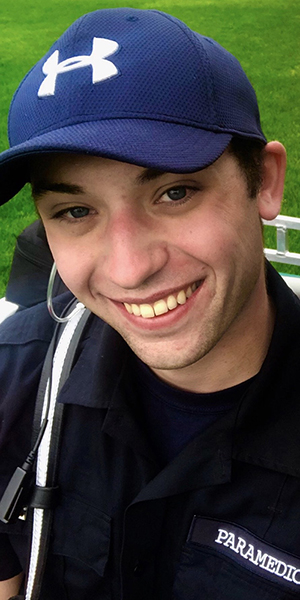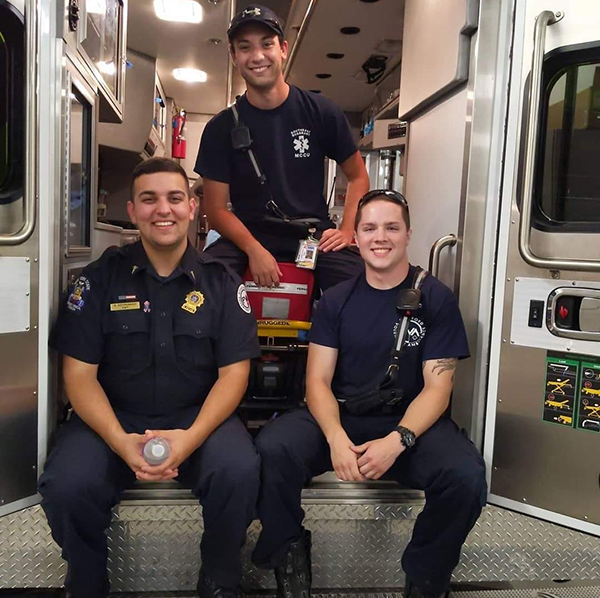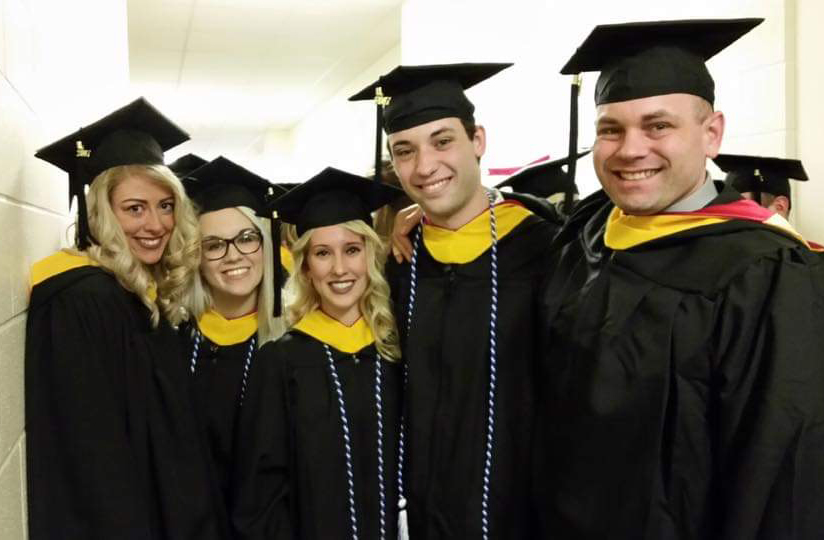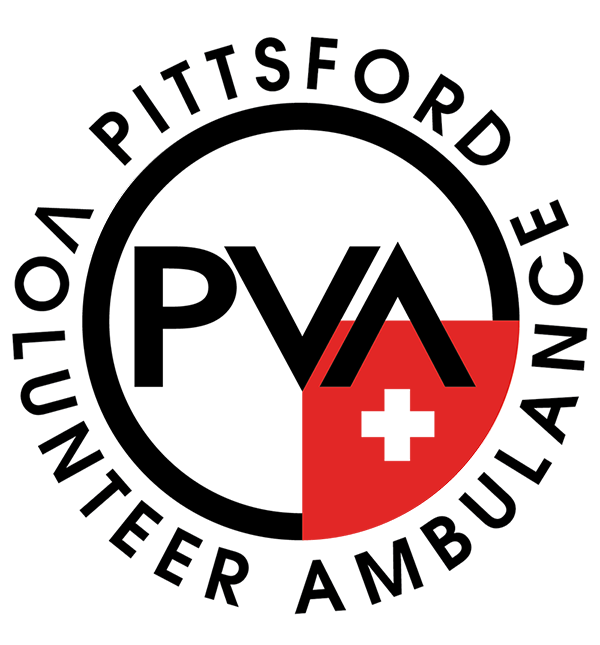Chris started as an EMT with Pittsford In 2016 and transitioned into the Paramedic role in 2018. “I’ve always wanted to work in Fire/EMS in high school, and then PVA did an information session at Fisher stating they’d put me through EMT school if I volunteered with them- PVA also responded to medical calls at Fisher, so I joined”
After graduating from Nursing school, Chris was able to complete a bridge program through FLCC to earn his Paramedic certification. “The bridge program took me 6 months; they accepted my experience from the ICU and Nursing school so I just had to complete intubations in the OR and ride time, with at least 15 calls. Then I had to sit in on an ALS refresher class for lecture and test.” Bridge Programs are a common way for providers with other healthcare experience to obtain Paramedic Certification without the traditional model of schooling that requires between one to two years to obtain an EMT-P certification; they exist for RN, PA, DO and MD.
Chris also works on the University of Rochester’s Mobile Stroke Unit, a new concept providing High Quality Stroke Care in the field via specialized Ambulance. The MSU, unlike a traditional ambulance, is equipped with a CT scanner to diagnose a Stroke and the medicine needed to treat certain kinds of Stroke before the patient reaches the hospital. They are also equipped with telemedicine capabilities to communicate with Neurologists at the Hospital, who can help diagnose, provide orders and guidelines for treatment. This unit is a one of a kind in our region and 13th in the Nation.
“It is the perfect combination of nursing and paramedicine. I’m passionate about Neurology and Stroke, yet there’s very little we can do for Stroke in the prehospital environment.”



Nursing dates back to the 19th Century and there are currently more than 3 million nurses in the US, yet Chris continues to be dedicated to both professions. “Being a paramedic makes me a better nurse because it keeps all my assessment skills sharp as we see such a wide variety in EMS.”
“When you’re a Paramedic, it is only you and the patient…In the back of a tiny box that bounces down the road. You have to rely on your skills and training to make the best clinical decisions quickly, with limited past medical history. Paramedics practice on standing orders and I can perform what I feel is best for the patient within my scope of practice without speaking with another Provider.” Standing Orders are a set of predetermined protocols Paramedics may follow if certain criteria is met; if X occurs in a patient, you may give/do X. Medical Direction, a physician, predetermines these standing orders based on scope of practice and regional guidelines.
“It can also be tough because as a Nurse, if a patient is deteriorating and I know what needs to be done, I cannot perform any interventions without a Provider order. I will often find myself knowing what needs to be done but unable to perform that intervention.” Chris states, acknowledging the differences between the professions.
“In the hospital, you have multiple teams at your disposal, always well lit, and a much more controlled environment. Where in EMS- Paramedics are the respiratory therapist, the pharmacist and the provider. We practice good medicine with bad information.” EMS does not have access to the same medical recording the hospital has at their disposal; we must work off of what we can collect on scene and from our patients or their families. We don’t always get the full story and have to make decisions based on clinical judgment and physical assessment.
Chris sees himself continuing his education, “Obtain the next certifications (SCT, RSI, CC, etc.) Then see where life takes me.”
“But for now, start by growing a good clinical base then build on that. No matter where in healthcare I end up, a good foundation will be important.”

